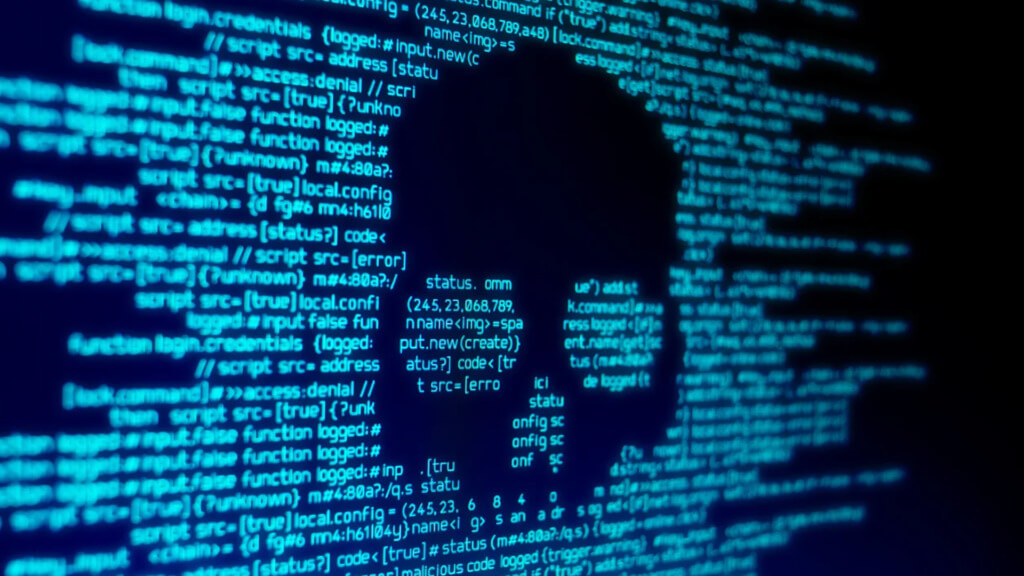Data loss is the process of intentionally or unintentionally destroying, deleting, or corrupting important information. It can have a devastating impact on you and your business. By knowing how to prevent data loss, you can protect yourself in the event of a disaster. From simple human error to device theft, there is a wide range of leading causes of data loss. Read on to find out how to take the proper precautions to ensure you steer clear of potential threats to you and your data today.
1. Software corruption
Software corruption occurs when your data suddenly becomes unusable or unreadable. This can be caused by an internal defect or a bug in the system and be a relatively quick fix. In the worst-case scenario, it can lead to minor or major data loss. Software systems crash every day with little to no warning to the user. You cannot do much after the fact, but you can implement a series of measures to prevent the same thing from happening again. Software failure or corruption can occur during the upload or backing up process as multiple files fail to save or update and are ultimately wiped for good. Antivirus software also tends to delete files if it accidentally interprets them as malware. You may be able to recover data from mac hard drive in the event of a data loss.
2. Computer virus

Computer viruses can infiltrate and corrupt data stored on your device in a matter of seconds. By establishing an effective antivirus software ahead of time, you can protect your files from corruption, encryption, and even theft. They can also wreak havoc on your organisation’s entire internal network and affect functionality across a wide range of devices. Malware is a leading cause of data loss worldwide and is a blanket term for malicious software designed to steal sensitive information and exploit vulnerable computer networks. It can include computer viruses, worms, Trojan horses, ransomware, spyware, rogue software, adware, scareware, and wiper. These targeted data breaches are responsible for millions of pounds worth of economic loss and damage every year.
3. Power outage
Power outages or surges can be difficult to predict and prevent. They can be caused by a wide range of external factors such as severe weather, equipment failure, high energy demand, cyberattacks, and localised construction. By failing to produce duplicate copies of your files, you run the risk of losing your progress and having to start again. Auto recovery processes may be able to partially retrieve the data, but you are unlikely to retrieve your files in full. Sudden power outages or surges can also cause lasting damage to your hardware. Failure to reboot in time and sudden and unexpected voltage fluctuations can cause irreversible damage that can lead to minor or major data loss.
4. Natural disasters
Data loss can also arise as a result of severe weather or natural disasters. While they are a rare occurrence, they are not impossible. There are several natural disasters that can harm your computer hardware and lead to data loss. These include floods, tornadoes, tsunamis, earthquakes, hurricanes, cyclones, thunder and lightning, volcanic eruptions, and wildfires. If you live in an area prone to natural disasters, you must take the appropriate steps to safeguard your content and protect your data. Prevention is always better than cure. Invest in cloud storage platforms to store your data virtually and remotely. You may also benefit from physical hard drives or key drives to house your files externally and provide a sense of flexibility and portability.
5. Human error

Human error is one of the leading causes of data loss in today’s increasingly busy digital landscape. Mistakes do happen, but you can prevent the worst from happening by implementing a series of preventative measures ahead of time. From long workdays to sheer negligence, it only takes a few seconds to accidentally delete a file containing highly sensitive information. Computers are prone to user error. There are several different ways in which you can directly cause data loss within your company. This includes the accidental deletion or corruption of files, spilling food or drink on hardware, and physical damage to one or more devices. This can lead to a loss of profits over time and can gradually sever trust between employers and their employees. Most companies never recover from a major data breach. Take the time to ensure you are doing all you can to prevent data loss as a result of simple human error.
6. Device theft
Device theft is another leading cause of data loss. It occurs when your smart device is stolen alongside its contents. Laptops and smartphones are amongst the most common devices targeted by thieves and fraudsters. They are usually chosen as a result of their high demand and significant resale value. Protecting your device from theft can safeguard your data in the long run. Thieves may be more interested in the hardware, but the cost of retrieving your stolen data can be priceless. By creating duplicate copies of your files, you can recover them with ease in the event of a burglary. You can protect your device from theft in a number of ways. For example, you can create a strong passcode, install facial recognition software, download an app to locate your phone, and back up your files. Even if your device is gone forever, it is possible to retrieve your files. The sooner you act, the more likely you are to partially or fully recover your data. Your data can also be harnessed digitally. Protecting your device from physical and digital theft can ensure you are prepared in the event of a targeted data breach or falling victim to a widespread malware attack.
Data loss can destroy a business regardless of how large or small. By taking steps to protect your data, you can safeguard sensitive information and shield yourself from internal as well as external threats. By putting the right plans in place, you can bounce back from a targeted data breach and assess your recovery plan going forward.





